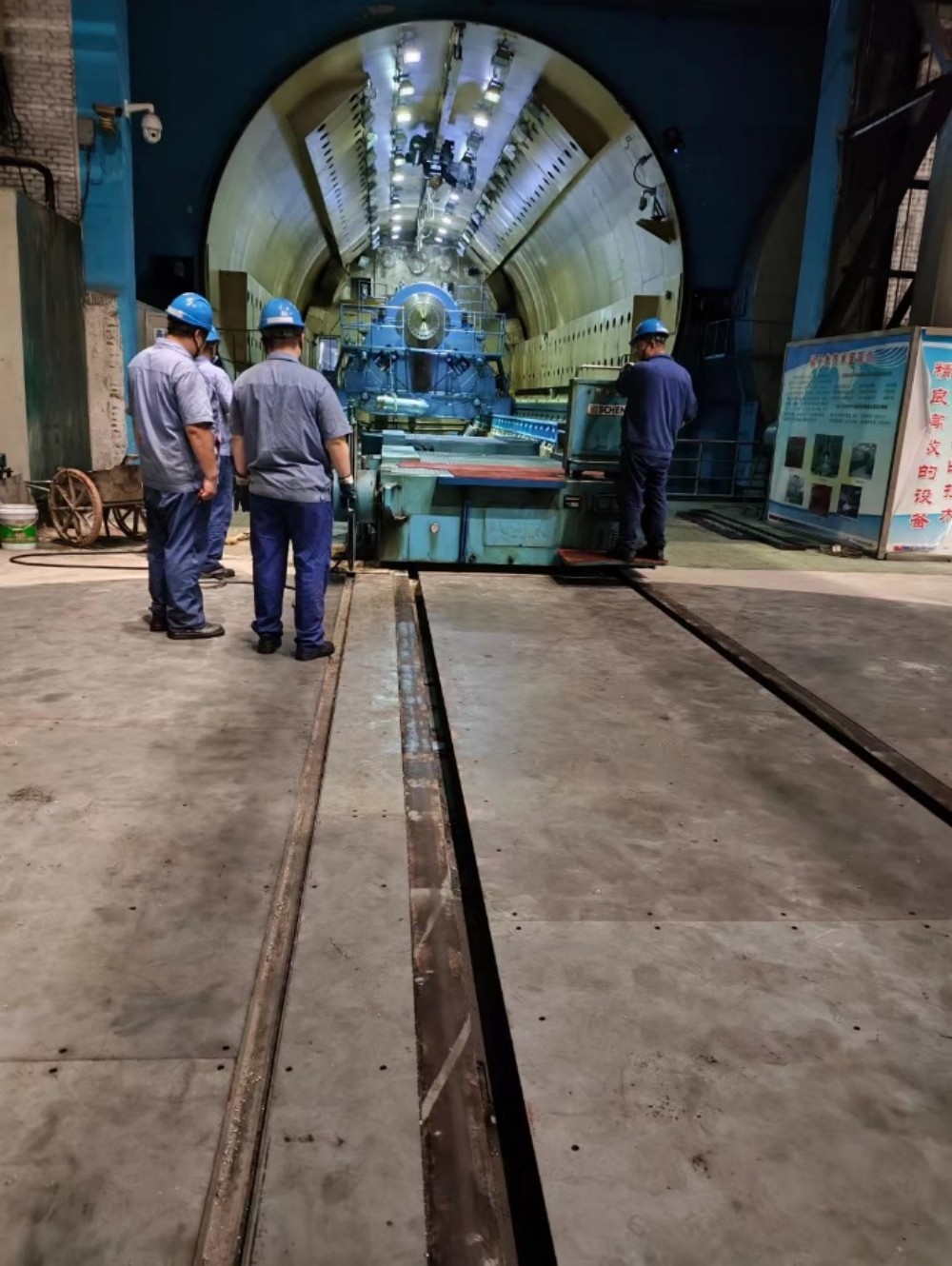Waterproofing is a crucial aspect of maintaining a safe and durable home. While most people associate waterproofing with exterior solutions, such as roof coatings or foundation treatments, there is a growing interest in exploring the possibilities of waterproofing inside the house. In this article, we will delve into the concept of interior waterproofing and discuss its feasibility, benefits, and potential applications.
- Understanding Interior Waterproofing:
Interior waterproofing refers to the process of creating a barrier within the house to prevent water infiltration and damage. Unlike traditional exterior waterproofing methods, which focus on preventing water from entering the structure, interior waterproofing aims to manage water that has already penetrated the building envelope. - The Feasibility of Interior Waterproofing:
While exterior waterproofing is typically the first line of defense, interior waterproofing can complement and enhance its effectiveness. By addressing water issues from the inside, homeowners can tackle localized problems, such as basement leaks or bathroom moisture, without extensive excavation or structural modifications. - Benefits of Interior Waterproofing:
3.1. Cost-Effectiveness: Interior waterproofing can be a more budget-friendly option compared to exterior solutions, as it often requires less labor and materials.
3.2. Versatility: Interior waterproofing techniques can be tailored to specific areas of concern, allowing homeowners to target problem areas without affecting the entire structure.
3.3. Aesthetics: Unlike exterior waterproofing, which may alter the appearance of the house, interior waterproofing can be discreetly implemented, preserving the overall aesthetics of the living space. - Potential Applications of Interior Waterproofing:
4.1. Basements: Basements are notorious for moisture-related issues. Interior waterproofing methods, such as installing a vapor barrier or using waterproof coatings, can effectively manage basement leaks and dampness.
4.2. Bathrooms: High humidity levels in bathrooms can lead to mold growth and water damage. Interior waterproofing techniques, such as sealing grout lines and applying waterproof membranes, can prevent moisture from seeping into the walls and floors.
4.3. Kitchens: Waterproofing solutions in kitchens can protect against water spills and leaks, ensuring the longevity of cabinets, countertops, and flooring materials.
Conclusion:
While exterior waterproofing remains essential for overall protection, interior waterproofing offers a targeted approach to address specific water-related issues within the house. From basements to bathrooms and kitchens, homeowners can benefit from the cost-effectiveness, versatility, and aesthetic advantages of interior waterproofing. By embracing this innovative approach, individuals can safeguard their homes against water damage and create a more comfortable living environment.



More Stories
The Versatility of Fiberglass Woven Cloth in Industrial Applications
Top Benefits of Installing Industrial Fire Doors in High-Risk Environments
Why H20 Beams Are Essential for Large-Scale Construction and Infrastructure Projects